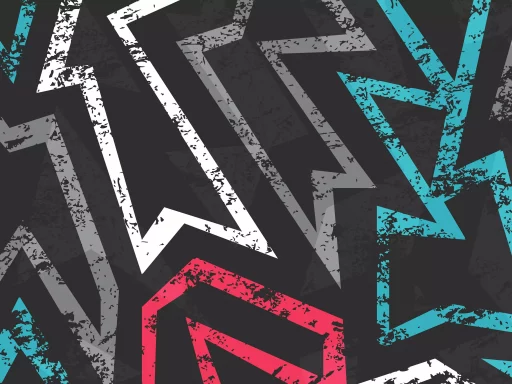What is Crew Slang?
Crew slang refers to the unique vocabulary and informal phrases used by specific groups of people, especially in occupational or hobbyist contexts. It often evolves rapidly and can include a mix of technical jargon, abbreviations, and playful language. This type of slang helps to foster a sense of identity and belonging among its users, creating an insider language that may alienate outsiders.
The Origins of Crew Slang
Crew slang is generally born out of necessity and culture. It’s a way for groups to communicate efficiently, share knowledge, and establish camaraderie. Different industries or hobbies often develop their own lexicon:
- Marine Crew: Terms like “on deck,” “ahoy,” and “starboard” have their roots in naval jargon.
- Film Industry: “Dailies,” “grip,” and “slate” are terms that have become second nature on set.
- Skateboarding Communities: Words such as “gnarly,” “sick,” and “deck” echo thrill and adrenaline.
Examples of Crew Slang
To illustrate how crew slang functions within specific communities, let’s take a closer look at a few examples:
- Construction Workers:
- Blue Collar: Referring to manual labor jobs.
- Hard Hat: A basic piece of safety equipment.
- Two by four: A common dimension for wooden planks.
- Military Personnel:
- AWOL: Absent Without Leave.
- Hooah: An expression of enthusiasm or agreement.
- Scuttlebutt: Gossip or rumor, originally referring to a water cooler.
- Tech Startups:
- Pivot: To shift strategies while maintaining the company’s core objectives.
- Disrupt: To innovate in a way that displaces existing market players.
- Hackathon: A sprint-like event where programmers and others collaborate on software projects.
Case Studies of Crew Slang in Action
To understand the practical application and implications of crew slang, let’s examine a few case studies.
- Film Crew:
On film sets, crew members often utilize slang to streamline communication. For instance, when the director says, “Let’s roll,” it signals everyone to prepare for shooting. The use of terms such as “print” (meaning filmed and ready for editing) fosters a quick, efficient work environment, especially in high-pressure situations.
- Construction Site:
In construction, using slang like “cut in” (to create a notch in material) saves time and clarifies instructions. This ensures everyone understands the specific actions required without lengthy explanations, reinforcing camaraderie.
- Skateboard Scene:
Skateboarders frequently use slang to describe tricks and styles, for example, “ollie” (jumping the board) or “fakie” (riding backward). This shared language helps bond skaters and conveys skill sets within the community.
Statistics on Language Usage in Crew Environments
Research indicates that specialized vocabulary can improve efficiency and morale:
- Efficiency: A study by the National Institute for Literacy found that teams utilizing specialized language in communications can achieve 25% faster project completion times.
- Morale: A survey conducted by the Society for Human Resource Management revealed that 78% of employees in skilled trades felt more connected to their team when using industry slang.
The Importance of Understanding Crew Slang
Understanding crew slang is essential for effective communication within specialized fields. It enables newcomers to integrate into a community, helps maintain workplace safety, and fosters relationships among peers. By learning and using the slang of a particular crew, individuals demonstrate their commitment and ability to contribute meaningfully.
Conclusion
Crew slang is a fascinating aspect of language that highlights how groups communicate. Whether in construction, film, sports, or technology, this unwritten language enriches the culture, strengthens connections, and enhances productivity. Recognizing and understanding crew slang can greatly benefit anyone looking to navigate these specialized communities.






